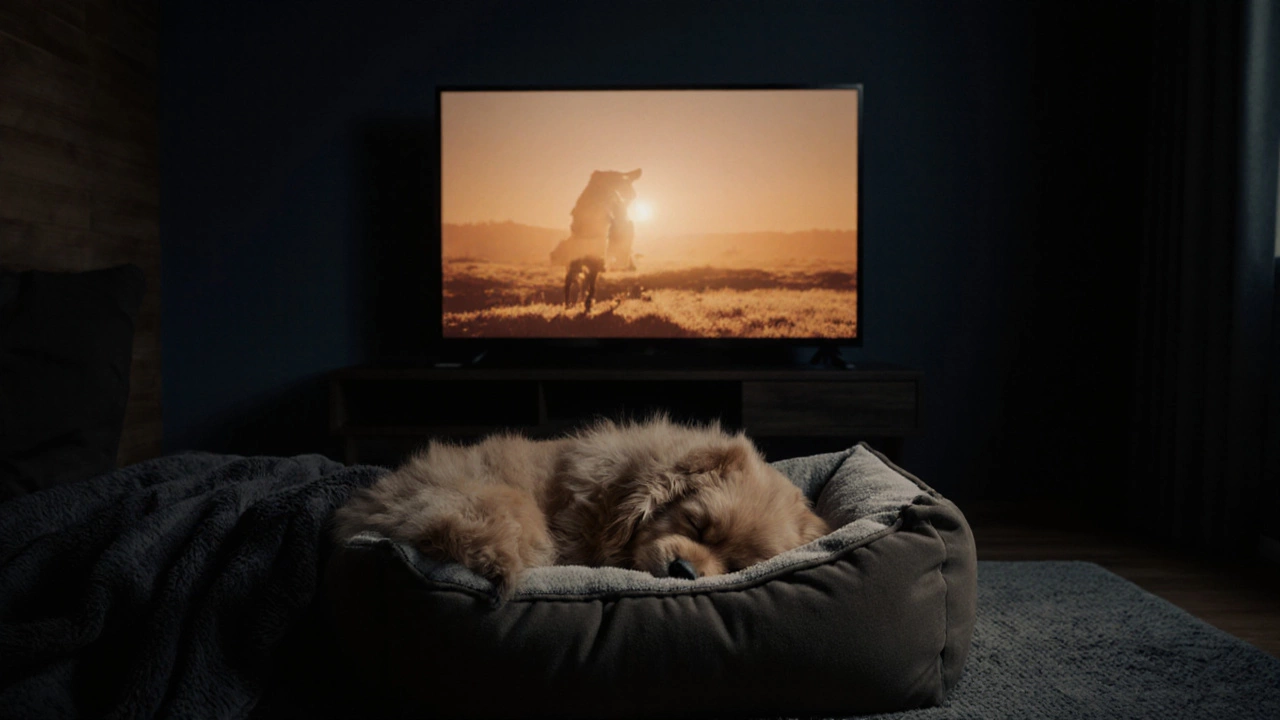Puppy Anxiety: Understanding and Managing Your Young Dog's Worries
When dealing with puppy anxiety, the nervous, clingy, or scared behavior many new owners notice in their puppies. Also known as puppy stress, it can show up as barking at the door, chewing furniture, or shaking when left alone. Separation distress is a common form of puppy anxiety that appears when the pup is separated from its primary caregiver and often triggers the need for calm‑down strategies. Managing this issue crate training uses a safe, confined space to teach the puppy to relax and feel secure, while positive reinforcement rewards calm behavior with treats or praise, reinforcing a sense of safety. Calming techniques like soothing music, pheromone diffusers, or gentle massage can lower stress hormones and help the puppy settle. These elements together create a roadmap for reducing fear and building confidence.
Key Strategies for a Calm Puppy
First, establish a predictable routine. Puppies thrive on consistency; feeding, walks, and playtime at the same times each day signals safety. Next, introduce crate training gradually—place familiar bedding, a favorite toy, and a treat inside, then let the pup explore without pressure. As the puppy starts to see the crate as a cozy den, you can close the door for short periods while you’re nearby, slowly extending the time. This process requires patience and rewards; every calm moment earns a treat, linking the crate to positive outcomes.
Second, practice positive reinforcement during brief separations. Start by leaving the room for a few seconds, then return and praise the puppy for staying relaxed. Increase the interval step by step, always ending on a calm note. This technique influences the puppy’s perception of alone time, turning what once felt scary into an ordinary part of the day. Third, employ calming techniques like a low‑volume classical playlist, a thundershirt, or a dab of dog‑appeasing pheromone in the crate. These tools reduce cortisol spikes, making it easier for the pup to self‑soothe.
Finally, watch for early warning signs—excessive licking, trembling, or frantic pacing—so you can intervene before the anxiety escalates. If the behavior persists despite these steps, a quick chat with a vet or certified trainer can uncover underlying health issues or provide a tailored plan. Below, you’ll find a curated selection of articles that dive deeper into each of these tactics, from detailed crate‑training guides to the science behind calming products. Armed with this knowledge, you’ll be ready to turn puppy anxiety into a thing of the past and enjoy a relaxed, happy companion.
- Morgan Ainsworth
- 0 Comments
Should You Leave the TV On at Night for Your Puppy?
Learn whether leaving the TV on at night helps your puppy sleep, explore safer sound options, and get a step‑by‑step guide to creating a calm bedtime routine.
View More
